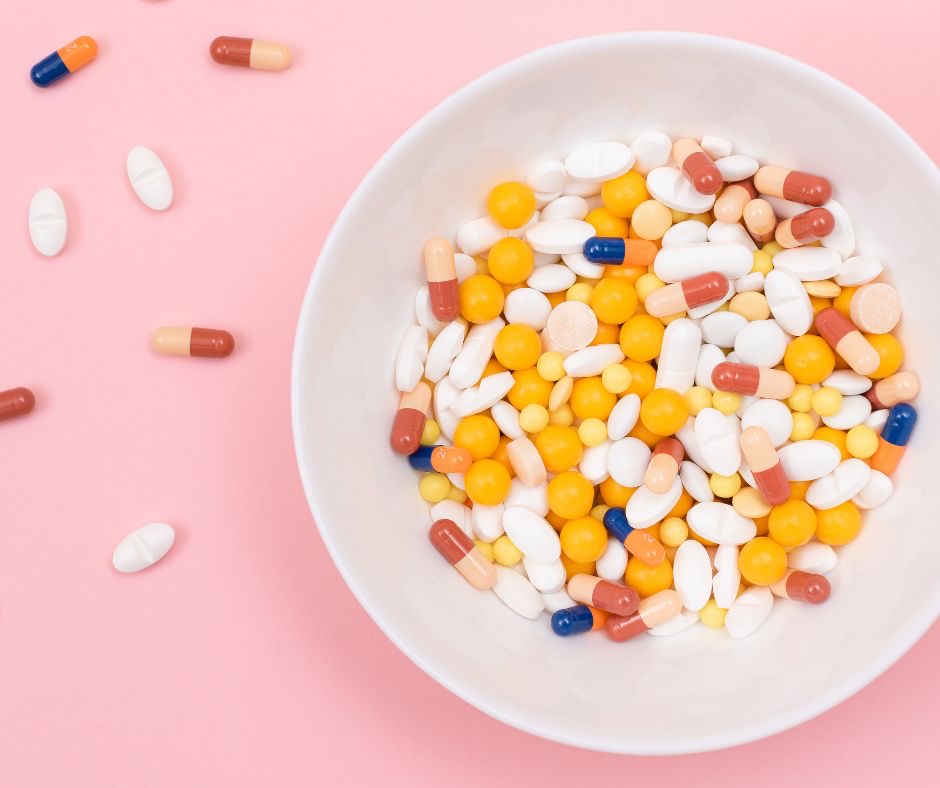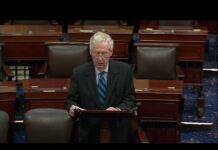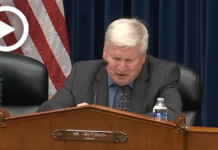A new study published by the Centers for Disease Control (CDC) reveals there was a dramatic rise in the number of suicide attempts among children using over-the-counter medications during the COVID-19 pandemic. The study, “Suspected Suicide Attempts by Self-Poisoning Among Persons Aged 10–19 Years During the COVID-19 Pandemic — United States, 2020–2022,” examined the potential impact of the COVID-19 pandemic on suspected suicide attempts, specifically by children poisoning themselves, and found “an increase during the pandemic, most notably among children ages 10–12 years, adolescents ages 13–15 years, and females, with the sharpest increase in attempts involving acetaminophen and diphenhydramine.”
Acetaminophen is used to treat fever and mild pain while diphenhydramine is an antihistamine used to treat allergies and the common cold. Both are found in many over-the-counter medications. The pain reliever Ibuprofen and the antidepressants sertraline and fluoxetine were also frequently used.
The authors, Drs. Rita Farah, Saumitra V. Rege, Ryan J. Cole, and Christopher P. Holstege, looked at monthly trends in suspected suicide attempts from January 2019 to September 2022 in children ages 10 to 19 and compared data from 2019 (pre-lockdown) to 2021 to 2022 (post-lockdown). They found that the overall rate of suspected suicide attempts by self-poisoning increased by 30 percent. However, children ages 10 to 12 had the most drastic increase at an alarming 73 percent. In addition, self-poisoning attempts rose 48.8 percent among adolescents ages 13–15 years. As for females, the study found a 38.6 percent overall increase as compared to a 5.6 percent increase in males. Further, the study also revealed an increase in admissions to psychiatric facilities.
The researchers noted that in 2020, suicide was already the second leading cause of death among children ages 10 to 14 and the third leading cause among those ages 15 to 24.
Dr. Holstege, medical director of the Blue Ridge Poison Center at UVA Health, and one of the authors of the study, stated, “This significant increase in suicide attempts during the pandemic surprised us. We are alarmed at the dramatic increase in suicide attempts in such a young population, which continues to escalate according to our data.”
Even though attempted suicide rates rose overall during the pandemic, the study revealed something different during the lockdown time period. During the U.S lockdowns (March to May 2020), researchers noted that suicide attempts among children were lower compared to the same months in 2019, 2021, and 2022. A similar CDC study on suicide attempts requiring hospital visits during the pandemic noted there were fewer visits by children for suicide attempts in the same corresponding lockdown period. Both studies pointed to the usual trend that attempted suicides among youth typically decline during summer months and holiday breaks, but then usually increase during school months. For the pandemic, however, the studies show suicide attempts rose during the summer months of 2020 – not during but after the lockdowns were lifted – and remained elevated during the rest of the pandemic.
The study suggests this decline in attempted suicide rates at the beginning of the pandemic followed by a sharp increase can be characterized as the “honeymoon effect.” Researchers who studied COVID-19 pandemic suicide rates in Japan noted that similar trends in suicides are common among people affected by major life disruptions, such as pandemics, natural disasters and war. For example, the researchers noted, “that in the aftermath of the 2011 earthquake and tsunami in Japan, suicide rates in Fukushima, Japan declined in the two years immediately following the disaster but exceeded pre-disaster levels in the third year.” This “honeymoon effect,” regarding unelevated attempted suicide rates in the beginning months of the pandemic, they explained, could possibly be attributed to feelings of “collective concern and altruism” temporarily masking previous underlying issues. As its name implies, the effect eventually gives way, and as the pandemic went on and attempted suicide rates increased, researchers suggest it could be due to the “demoralization and anxiety and changes in lifestyles” of a person’s new reality.
Researchers noted, “Young persons might represent a group at high risk because they might have been particularly affected by mitigation measures, such as physical distancing (including a lack of connectedness to schools, teachers, and peers); barriers to mental health treatment; increases in substance use; and anxiety about family health and economic problems, which are all risk factors for suicide.”
In general, there was a rise in domestic and child abuse, child sexual exploitation, alcohol consumption, pornography, mental stress, and suicide in some demographics, during the lockdowns and stay-at-home orders surrounding COVID-19.
Forbes reported that in the U.S. domestic violence against women by an intimate partner increased during the lockdowns between 10 to 30 percent. Furthermore, the American Psychological Association has warned that the social stresses associated with increased abuse and violence can include loss of job, strained finances and disconnection from social systems and support, all of which can foment isolation, neglect, and physical abuse.
NPR reported an increase in online child sexual exploitation since the COVID-19 lockdowns. They also reported an increase in child sexual abuse streamed live online during this time. The increase in child sexual exploitation is due in part to children being at home, increased stress, increased consumption of alcohol, and an increase in viewing pornography online.
Liberty Counsel Founder and Chairman Mat Staver said, “The negative effects of the unscientific lockdowns and school closures on our children are an indictment against the media, politicians, and the public health government agencies. School closures, masks, social distancing, isolation, and closing churches, all contributed to the social and mental stresses, child abuse, and the sexual exploitation of children. We warned of this collateral damage. It is a common sense conclusion that lockdowns and isolation harm people and result in severe social distress. People are created for community, not isolation. We must never allow this again. Our children deserve better.”

















